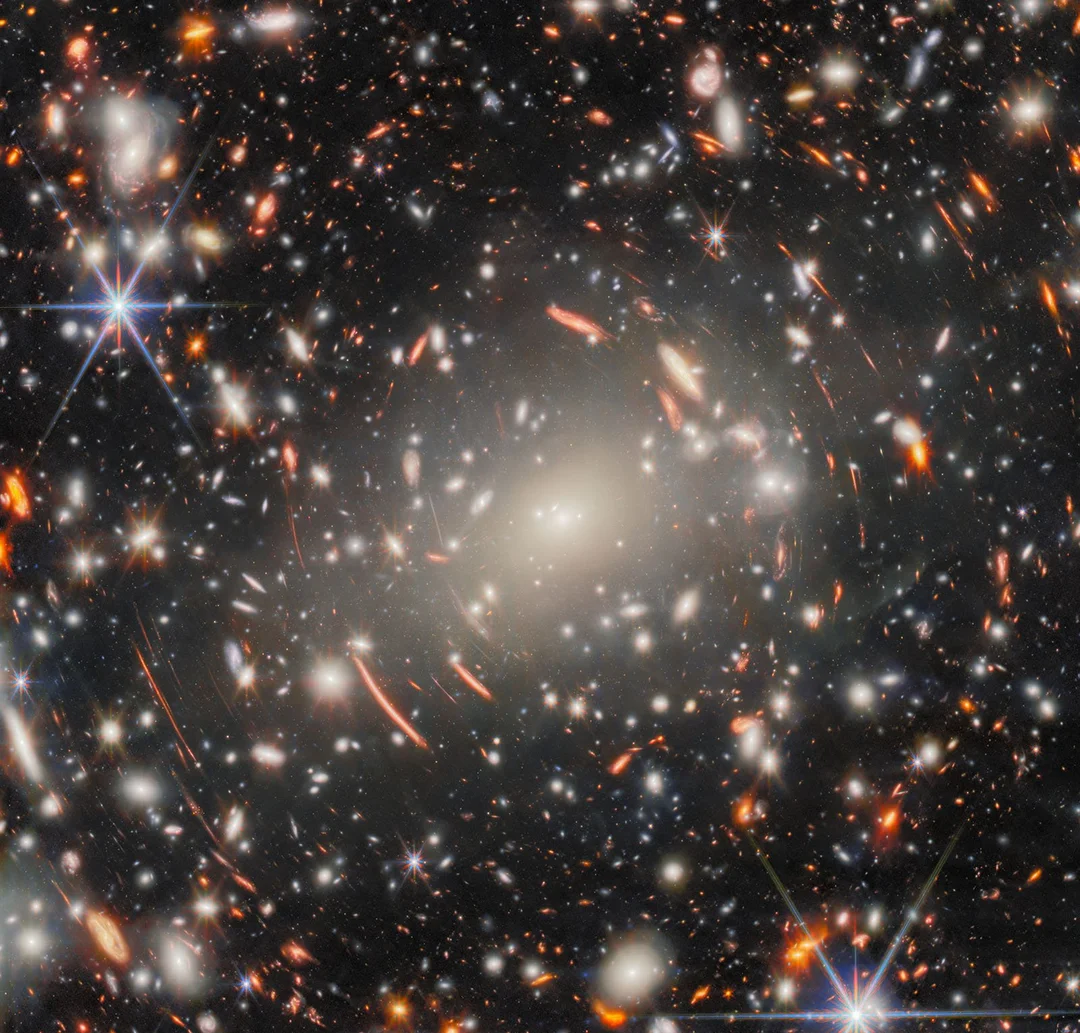
‘Cosmic Miracle’ Unveiled: James Webb Telescope Detects the Earliest Galaxy Ever Seen, ‘MoM z14’
In a groundbreaking discovery, the James Webb Space Telescope (JWST) has once again pushed the boundaries of our understanding of the early universe. The $10 billion NASA telescope has detected a galaxy that existed just 280 million years after the Big Bang, a finding hailed as a "cosmic miracle." This newly discovered galaxy, fittingly named "MoM z14" (the mother of all early galaxies), is now the earliest and most distant galaxy ever observed.

"First and foremost, at the moment, this is the most distant object known to humanity," said Pieter van Dokkum, a Yale University professor of Astronomy and Physics and a member of the research team. "MoM z14 existed when the universe was about 280 million years old - we're getting quite close to the Big Bang." To put that in perspective, sharks have been around on Earth for a longer timespan!
Since it began transmitting data in 2022, the JWST has consistently excelled in detecting galaxies with high redshifts. Redshift is the phenomenon where light from distant sources stretches and shifts towards the red end of the spectrum due to the expansion of space. The farther away an object is, the greater its redshift.
Before MoM z14, the record holder was JADES-GS-z14-0, which existed 300 million years after the Big Bang. MoM z14 boasts a redshift of z = 14.44, surpassing JADES-GS-z14-0's z = 14.32.

What makes this discovery truly remarkable is the sheer number of early galaxies the JWST is finding. "The broader story here is that JWST was not expected to find any galaxies this early in the history of the universe, at least not at this stage of the mission," van Dokkum explained. According to the team, there appear to be over 100 more relatively bright galaxies in the very early universe than were expected based on pre-JWST observations.
The researchers have determined that MoM z14 is approximately 50 times smaller than our Milky Way. Furthermore, the team detected emission lines indicating the presence of elements like nitrogen and carbon. This suggests the galaxy is incredibly young and undergoing rapid star formation. Additionally, the data hints at a surprisingly low amount of neutral hydrogen gas surrounding the galaxy, an unexpected finding for the early universe.
The presence of carbon and nitrogen also suggests that even earlier galaxies existed. The very first galaxies would have consisted primarily of hydrogen and helium. Heavier elements are created within stars and dispersed through supernova explosions, enriching later generations of galaxies.
Despite already pushing the boundaries of known galaxies, van Dokkum is optimistic that the JWST will continue to break records. He states that he would not be surprised if they find galaxies at z =15 or z =16 in the future.
This discovery, led by Rohan Naidu of MIT's Kavli Institute for Astrophysics and Space Research, marks a significant milestone in our quest to understand the cosmos and the very origins of our universe. Could this groundbreaking find rewrite our understanding of galactic formation in the early universe?
What are your thoughts on this incredible discovery? Share your perspective in the comments below!